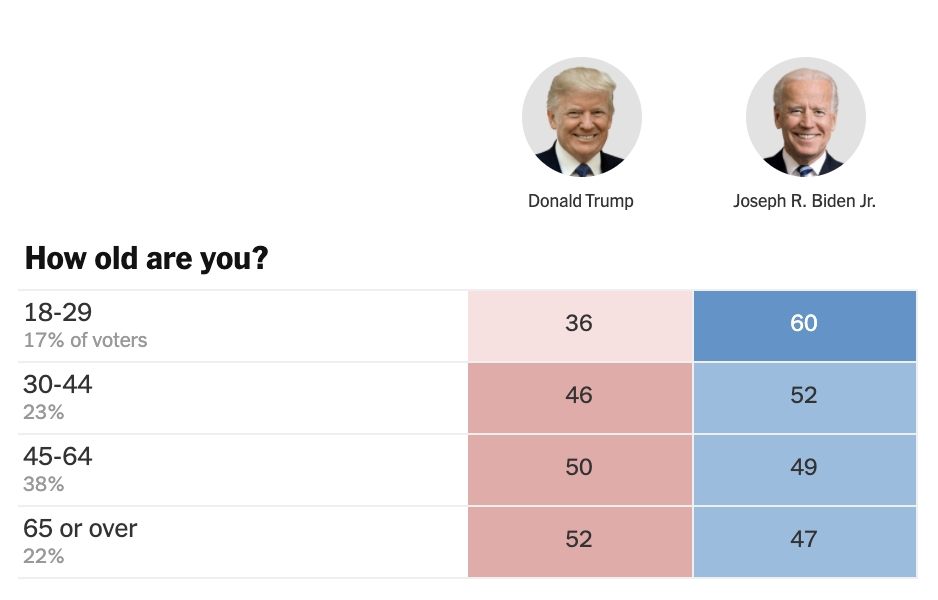
After days of tortuous tallying, the 2020 Election is over, and Joe Biden has been deemed the 46th President of the United States. When considering the votes at the presidential level, as well as those for the Senate and the House, it is abundantly clear that neither party has a hands-down mandate. There was no “Blue Wave” in congressional races, but voters wanted a different type of governing from the White House.
The Democrats:

Some surface-level analysis of this election has shown two glaring facts for the Democratic Party. The first is that this election was more of a rejection of Trump than enthusiasm for Joe Biden himself.* The second is that despite the growing popularity of more progressive politicians, the American public remains more in the middle. Many centrists, left-of-center Democrats, and Independents were put off by the language from the party’s far-left flank. In the Democratic Primary, many early democratic contenders – such as Julian Castro, Elizabeth Warren, and Bernie Sanders – advocated for sweeping structural changes that many Americans simply could not get behind. Think issues like defunding the police instead of reforming it, Medicare For All without private healthcare options, free college tuition, and abolishing ICE, to name a few.
Even if a Biden administration (after consulting the left-wing of the Democratic Party) wanted to pass some of these far-reaching reforms, they would come into significant resistance from a GOP-controlled Senate. Not only did the Dems fail to recapture the Senate, but they also lost a lot of moderate congressional seats in the House – several of which were flipped in 2018. And yes, Trump still got over 70 million votes, which translates to approximately 48% of the popular vote. Trumpism is not going to go away. His base is a passionate, determined force that will remain after his departure from the Oval Office. Furthermore, predictions of Florida and Texas turning Blue fell flat on its face. And most strikingly, the Democrats lost more of the Latino vote than in 2016. These realities must be incredibly alarming for party leadership.
The best bet for the Democrats is to govern more from the center policy-wise while working to restore a sense of decency in politics. But none of that will be attainable without first resurrecting the public’s’ overall faith in government institutions. This first starts with the medical community by competently handling the COVID-19 pandemic without a president that openly defies them. Once the country is no longer under quarantine, Biden can restore public confidence in the intelligence community, which took a nosedive in approval since the 2016 election cycle. However, once these problems are addressed in the first 100 days of Biden’s presidency, he must focus the brunt of his attention on the economy. The economy was the pride of the Trump administration until the pandemic practically wiped all market gains. He must oversee economic growth that will work for everyone without entertaining a far-left, pseudo-socialist economic agenda.
The Republicans:
Republicans should also not be confident of their future. While the GOP saw better minority turnout this election, the demographics are still woefully against them. The party should have seen the writing on the wall following the extensive report (or autopsy) GOP leadership commissioned following the 2012 election. But they simply didn’t do enough. Yes, most white voters – making up 65% of the electorate – did instead vote Republican. That being said, the bulk of every other racial demographic went Blue by a sizable margin. Minority citizens will gain a larger slice of the electoral pie in the coming years.








